The Tesla Model 3 has undeniably shaken up the automotive world. It proved that electric vehicles could be desirable, perform well, and offer a compelling alternative to traditional gasoline cars. Now, with the updated 2024 Model 3, Tesla aims to push the boundaries further. But in an increasingly crowded EV market, does the refreshed Model 3 still reign supreme? This in-depth review dives into the details, exploring the changes, the driving experience, and whether it lives up to the hype.
Sleek New Design and Enhanced Aesthetics
One of the most immediately noticeable changes in the 2024 Tesla Model 3 is its updated styling. Tesla has refined the exterior, giving it a more sophisticated and modern look. The front end is cleaner and more streamlined, losing some of the previous model’s slightly bug-eyed appearance. Sharper lines and redesigned, slimmer headlights contribute to a more aggressive and premium aesthetic.
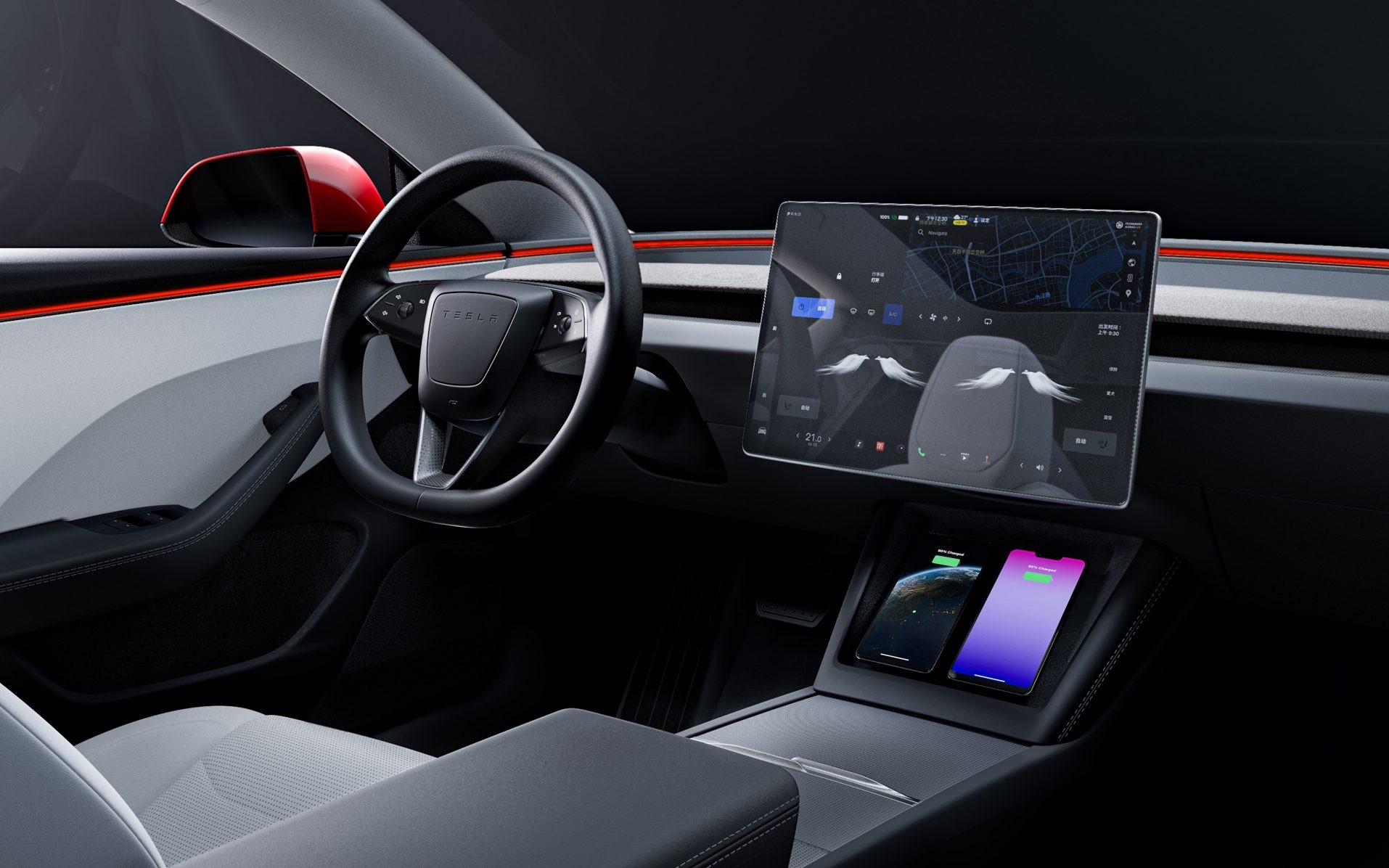 Tesla Model 3 front design update with slimmer headlights
Tesla Model 3 front design update with slimmer headlights
Around the back, the taillights are now integrated into the boot lid, creating a wider and more planted stance. This redesign not only enhances the visual appeal but also addresses a practical issue: water ingress into the boot when opening the hatch after rain, a problem rectified by a new gully system. While the wheel sizes might appear proportionally small within the arches, this design choice likely contributes to improved ride comfort, a point we’ll explore further. Aerodynamic tweaks across the body have resulted in the Model 3 achieving Tesla’s lowest drag coefficient yet (0.219Cd), boosting efficiency and range.
Minimalist Interior, Maximum Technology
Stepping inside the updated Model 3, you’re greeted by Tesla’s signature minimalist cabin. The most significant change is the complete removal of indicator and gear selector stalks. Turn signals are now operated by buttons on the steering wheel, a design choice borrowed from Ferrari. While seemingly futuristic, this system can be less intuitive in practice, particularly during complex maneuvers like navigating roundabouts where indicating lane changes becomes cumbersome with crossed arms.
The wiper controls have also migrated to the steering wheel, with a single button managing single wipes, screenwash, and accessing a touchscreen menu for speed adjustments. This reliance on the central touchscreen for even basic functions extends to mirror adjustments, further emphasizing Tesla’s commitment to a button-free environment. While some drivers may appreciate the clean aesthetic, others might find the increased reliance on touchscreen controls distracting and less user-friendly, especially while driving.
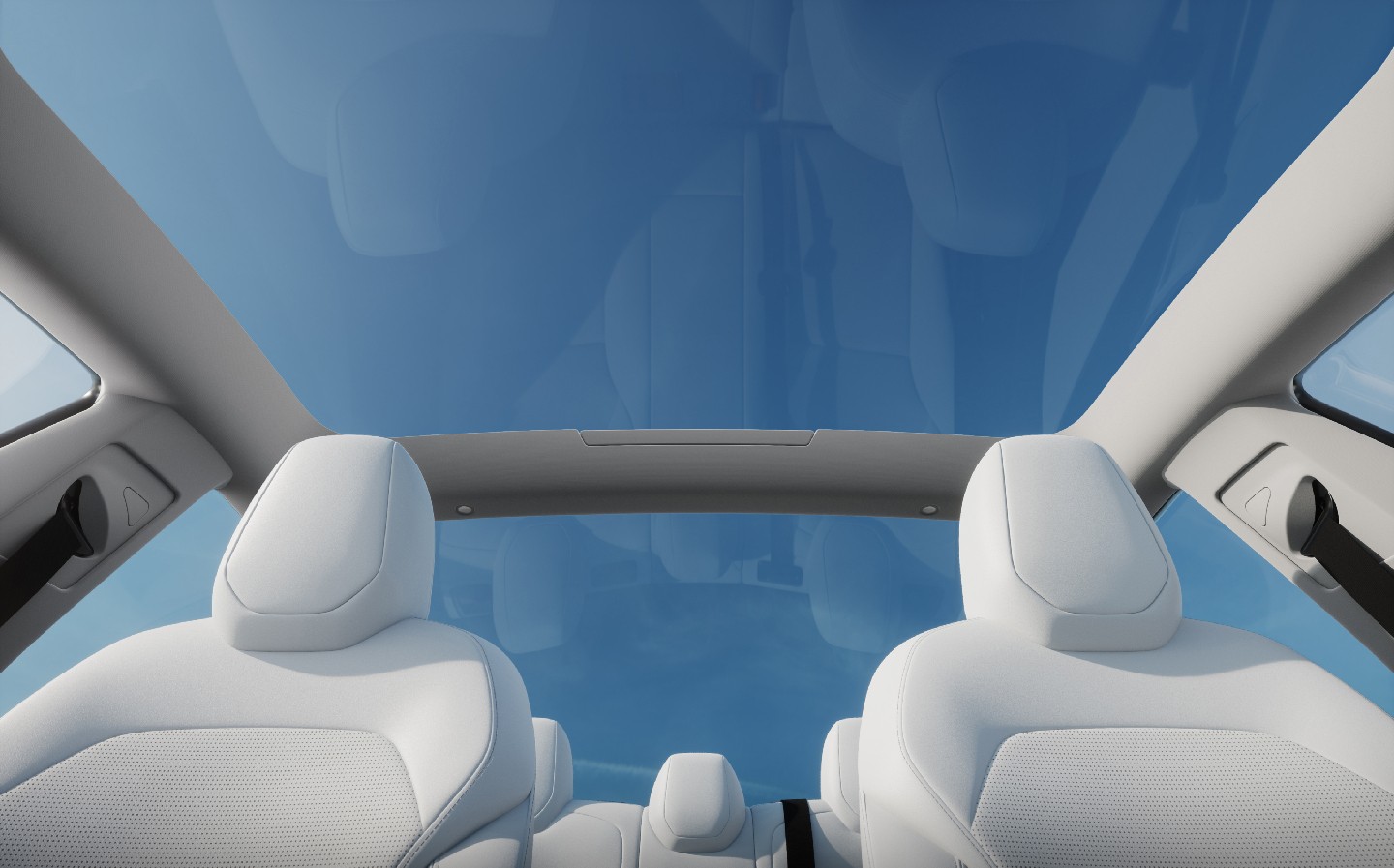 Panoramic glass roof of the 2024 Tesla Model 3
Panoramic glass roof of the 2024 Tesla Model 3
The absence of a traditional instrument cluster directly in front of the driver remains a point of contention. Speed and essential driving information are displayed solely on the central screen. While the author found this system manageable, a head-up display, conspicuously absent in a car of this price point, would offer a more convenient and safer solution for displaying critical information.
Despite these minimalist choices, the Model 3’s tech features are undeniably impressive. The infotainment system is responsive and logically organized, offering built-in apps like Spotify, Apple Music, and Tidal. However, Android Auto and Apple CarPlay remain unsupported, forcing users to rely on Tesla’s native system or find less-than-ideal workarounds.
Rear passengers are now treated to their own entertainment screen positioned between the front seats. This new addition provides access to streaming services like Netflix, Disney+, Twitch, and YouTube, keeping rear occupants entertained on longer journeys. Bluetooth headphone connectivity further enhances the rear passenger experience, offering a quieter cabin for everyone.
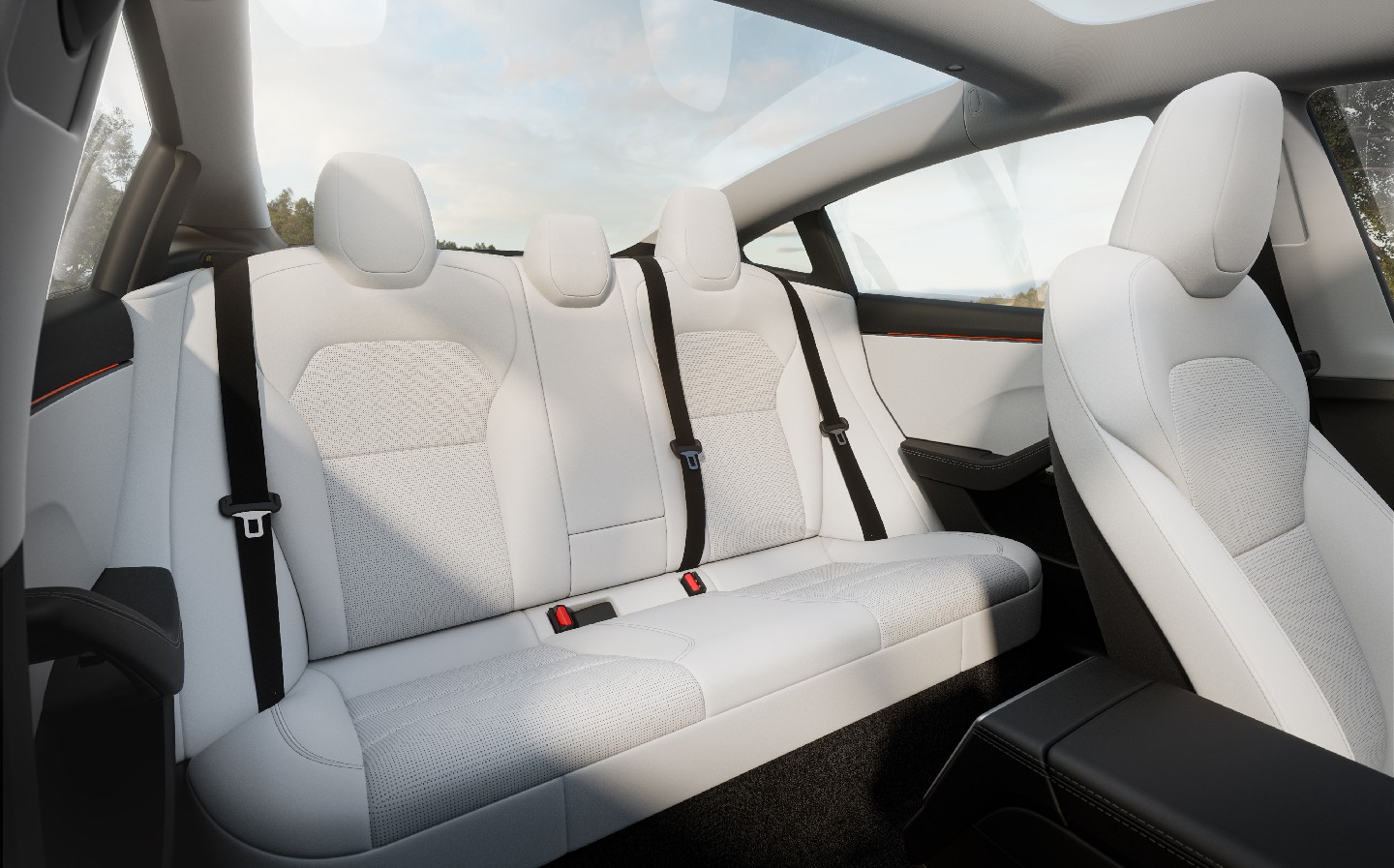 Tesla Model 3 rear seats with entertainment screen
Tesla Model 3 rear seats with entertainment screen
Other interior enhancements include a customizable LED strip across the dashboard and interchangeable fascia panels, allowing for a degree of personalization. The phone holder is conveniently angled and includes high-speed wireless charging, though phones may experience some overheating during charging and navigation use.
Driving Dynamics: Performance and Comfort
The Tesla Model 3 continues to deliver a compelling driving experience. Performance options range from quick to exhilarating. The rear-wheel-drive model achieves 0-60mph in a respectable 5.8 seconds, while the dual-motor Long Range version sprints to 60mph in just 4.2 seconds, rivaling sports cars like the Porsche 911 Carrera 4. Rumors of a future Performance version suggest even faster acceleration times are on the horizon.
Beyond outright speed, the Model 3 excels in ride quality and handling. The suspension strikes a fine balance, offering a comfortable ride for daily driving while remaining composed and controlled in corners. The steering is well-weighted and responsive, contributing to an engaging and sporty feel without being overly demanding. Road noise is generally low, reportedly improved by up to 30% compared to the previous model, although wheel arch noise can still be noticeable in wet conditions.
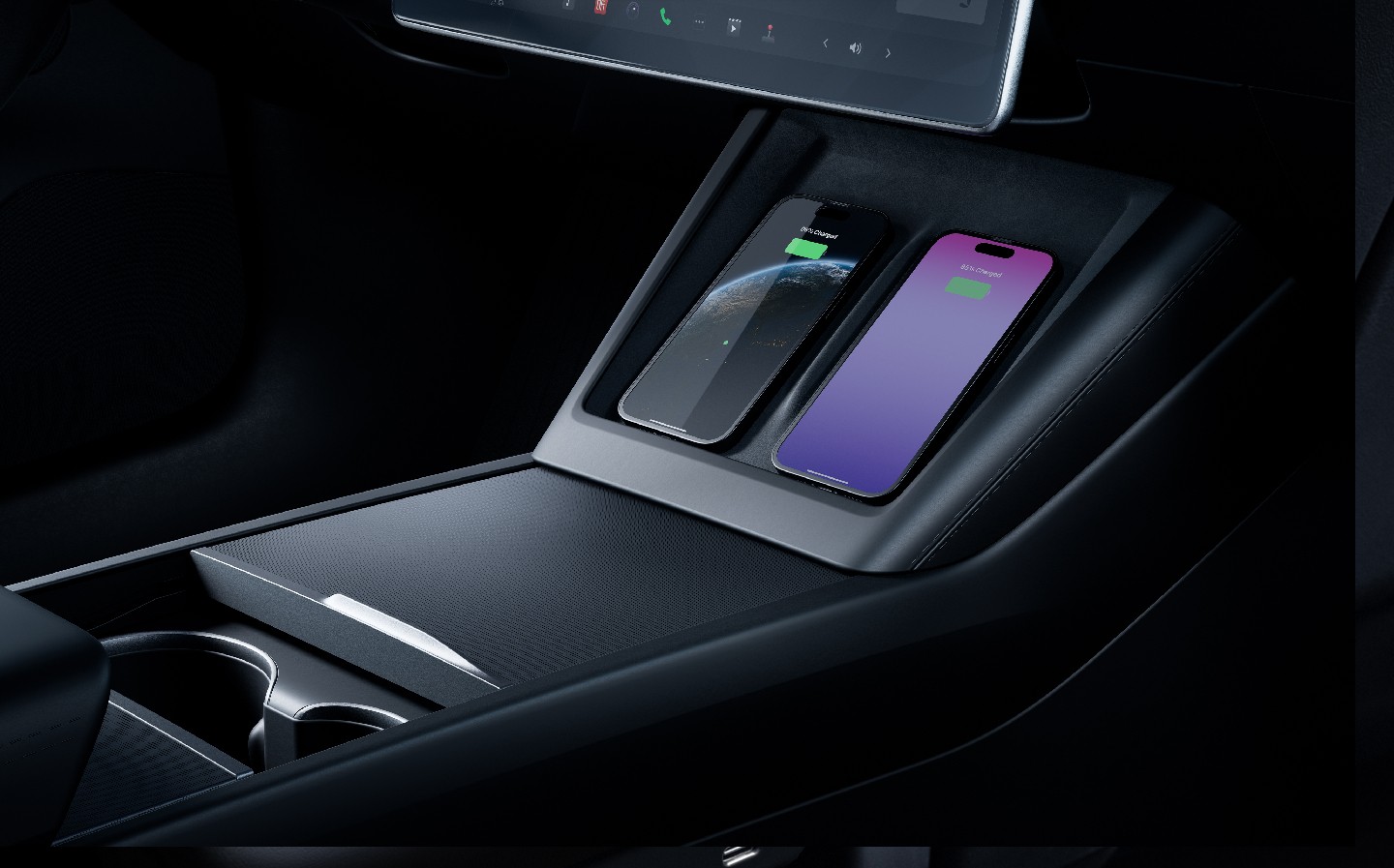 Tesla Model 3 phone charging pads and minimalist console
Tesla Model 3 phone charging pads and minimalist console
However, Tesla’s Autopilot system, even in its basic form, receives criticism. While capable of lane keeping and maintaining distance, it can be less helpful in real-world driving scenarios, such as lane changes for overtaking. The system’s tendency to disengage unexpectedly during lane changes diminishes its overall utility.
Range, Charging, and Efficiency
A significant selling point for the Tesla Model 3 remains its impressive range and access to Tesla’s extensive Supercharger network. The entry-level rear-wheel-drive Model 3 boasts an official range of 318 miles, while the Long Range all-wheel-drive version extends that to a remarkable 390 miles. Real-world range will vary depending on driving style and environmental conditions, but the Model 3’s energy consumption data and range predictions are generally accurate and helpful.
Efficiency is another area where the Model 3 shines. The review observed exceptional energy consumption, achieving over 5 miles per kWh in testing. Tesla’s Supercharger network, with over 12,000 chargers across Europe, provides convenient and rapid charging. The Model 3 can add up to 172 miles of range in as little as 15 minutes at a Supercharger, and further improvements to charging speeds are anticipated.
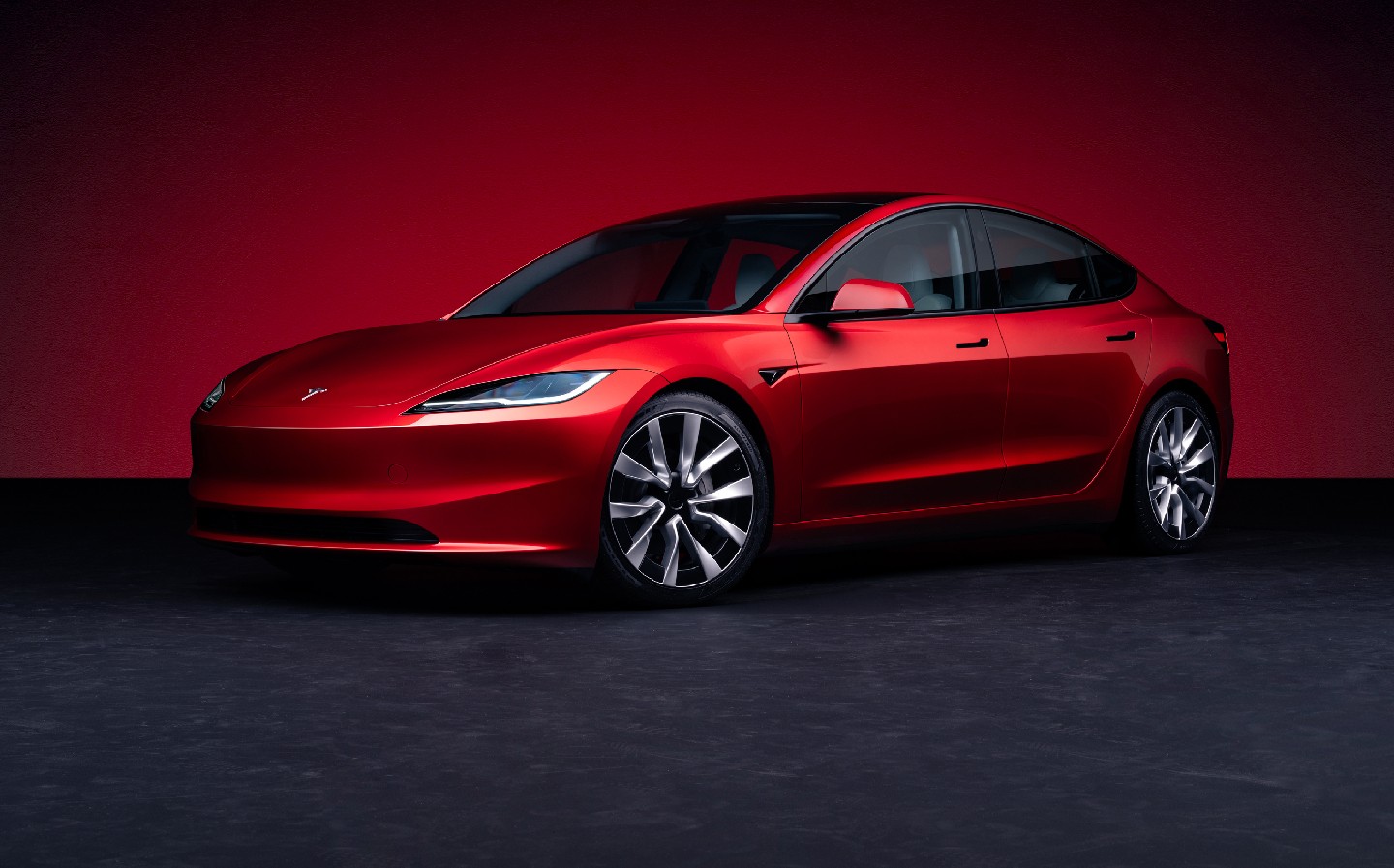 Tesla Model 3 studio shot showcasing sleek design
Tesla Model 3 studio shot showcasing sleek design
Competition and Considerations
While the updated Tesla Model 3 offers numerous improvements, the EV market is becoming increasingly competitive. Rivals like the Polestar 4 and BYD Seal are emerging with comparable range and features, often at competitive price points. Tesla’s pricing strategy, known for sudden and unannounced price drops, can be a double-edged sword. While beneficial for new buyers, it can negatively impact resale values for existing owners and create uncertainty in the market. The rise of Chinese EV manufacturers, heavily subsidized by their government, further intensifies price competition in the EV sector.
Other minor drawbacks of the Model 3 include the somewhat unrefined horn sound when locking and unlocking, and the low rear seat position, which may be uncomfortable for taller passengers on longer journeys. The infotainment system, while generally excellent, lacks Android Auto and Apple CarPlay integration, which may be a dealbreaker for some users.
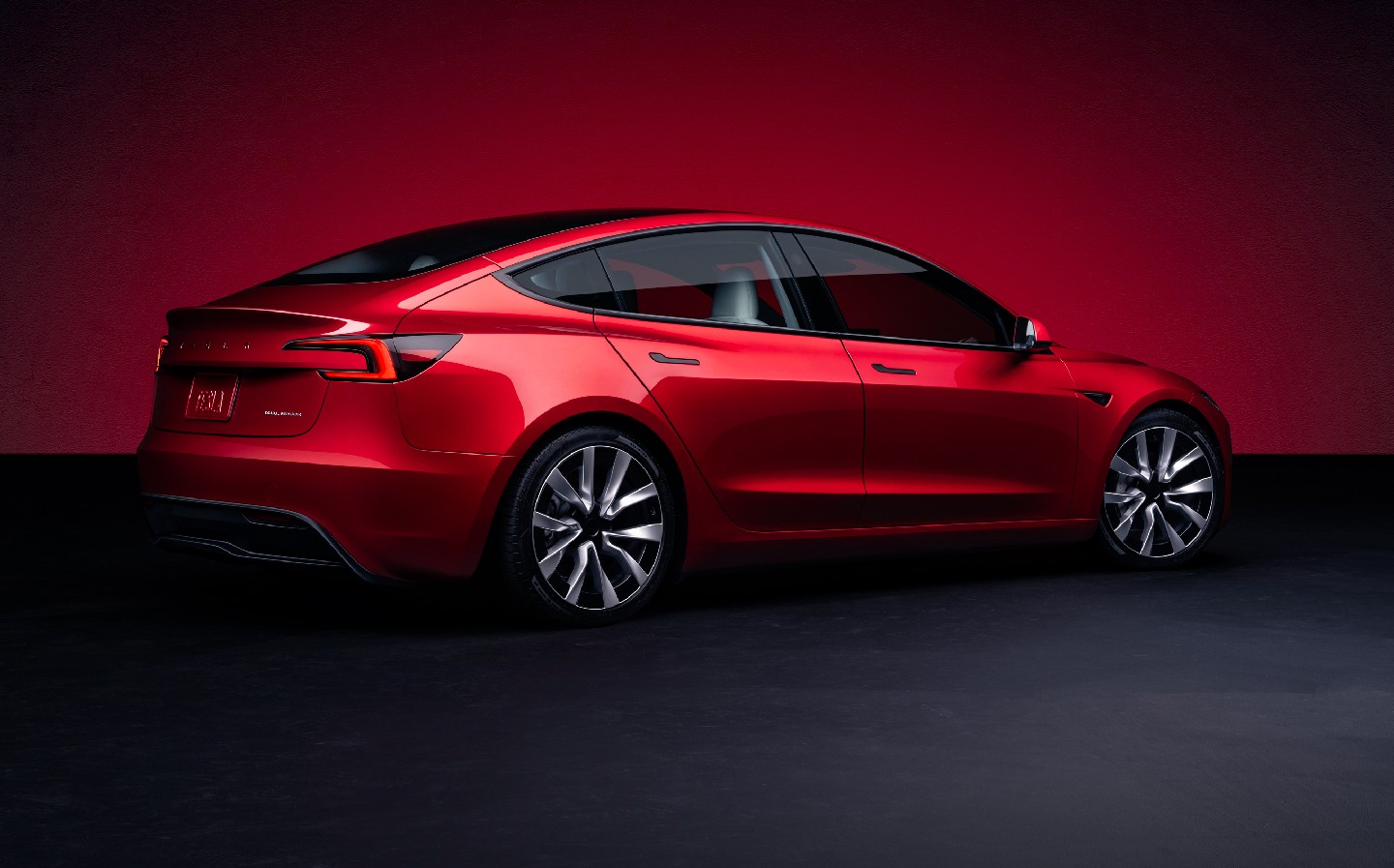 Tesla Model 3 studio shot highlighting wheel design
Tesla Model 3 studio shot highlighting wheel design
Final Verdict: Still a Top EV Contender?
The updated 2024 Tesla Model 3 builds upon an already strong foundation. It boasts a refreshed design, improved efficiency, impressive performance, and access to Tesla’s Supercharger network. The minimalist interior and reliance on touchscreen controls may not appeal to everyone, and the absence of Android Auto/Apple CarPlay is a notable omission. However, for those seeking a technologically advanced, long-range electric vehicle with a sporty driving character, the Tesla Model 3 remains a top contender. While competition is intensifying, the Model 3 continues to be a benchmark in the EV segment, offering a compelling blend of performance, range, and technology that keeps it near the front of the pack. Whether it’s definitively “the best” will depend on individual priorities and preferences, but the Model 3 certainly deserves a spot on any EV shopper’s shortlist.
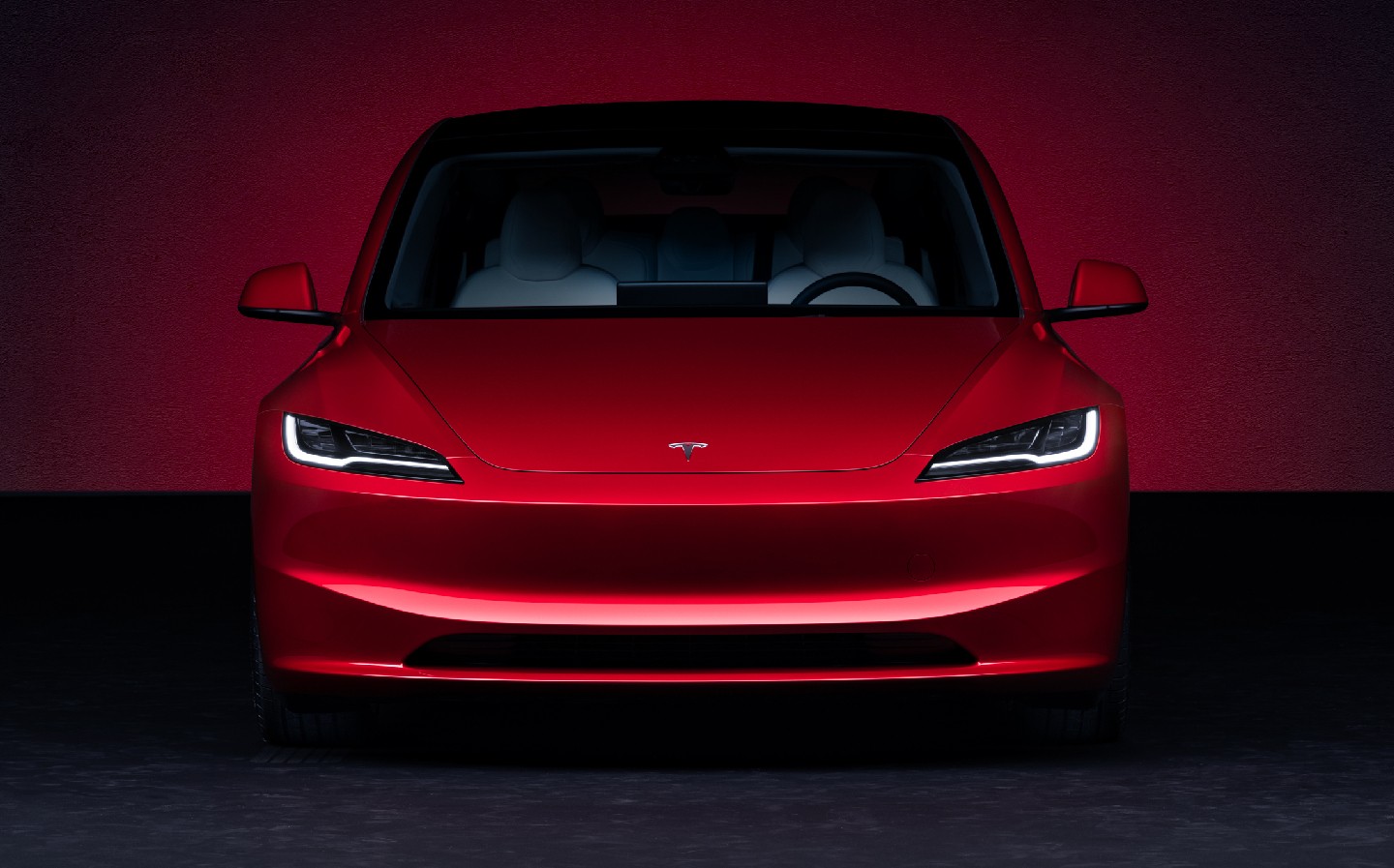 Tesla Model 3 studio shot showing rear lights and boot design
Tesla Model 3 studio shot showing rear lights and boot design
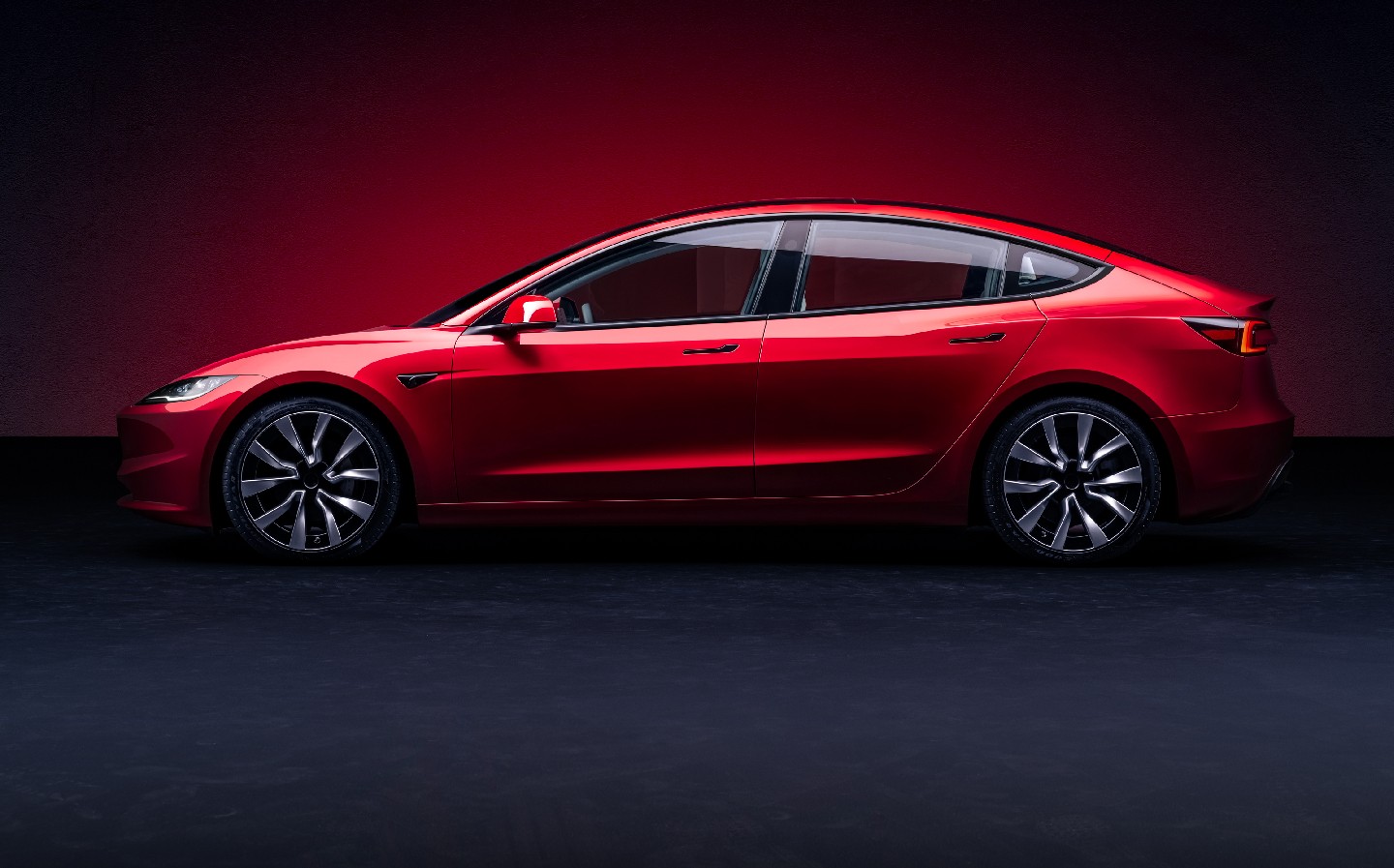 Tesla Model 3 studio shot emphasizing sleek profile
Tesla Model 3 studio shot emphasizing sleek profile
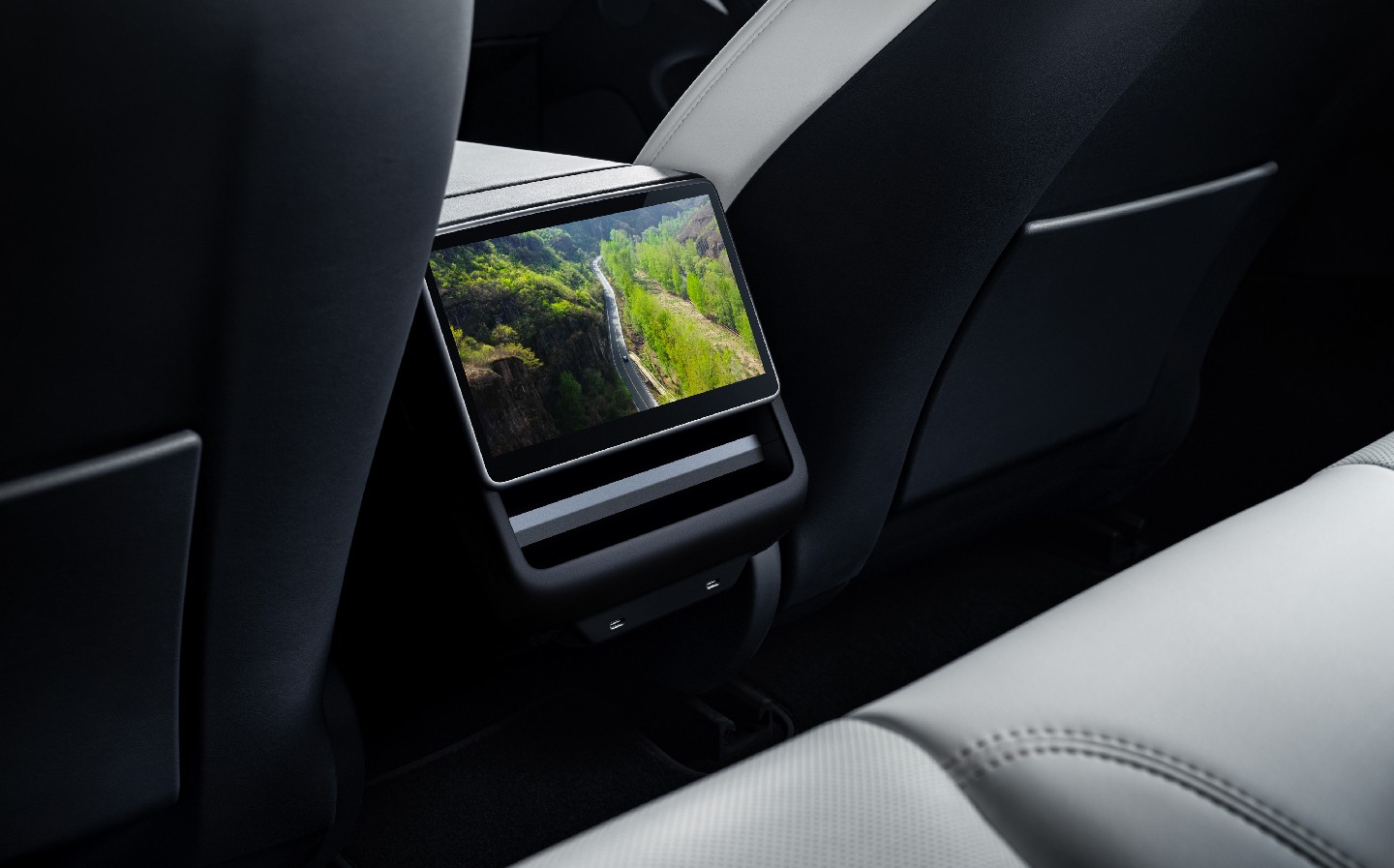 Tesla Model 3 rear screen entertainment system
Tesla Model 3 rear screen entertainment system
